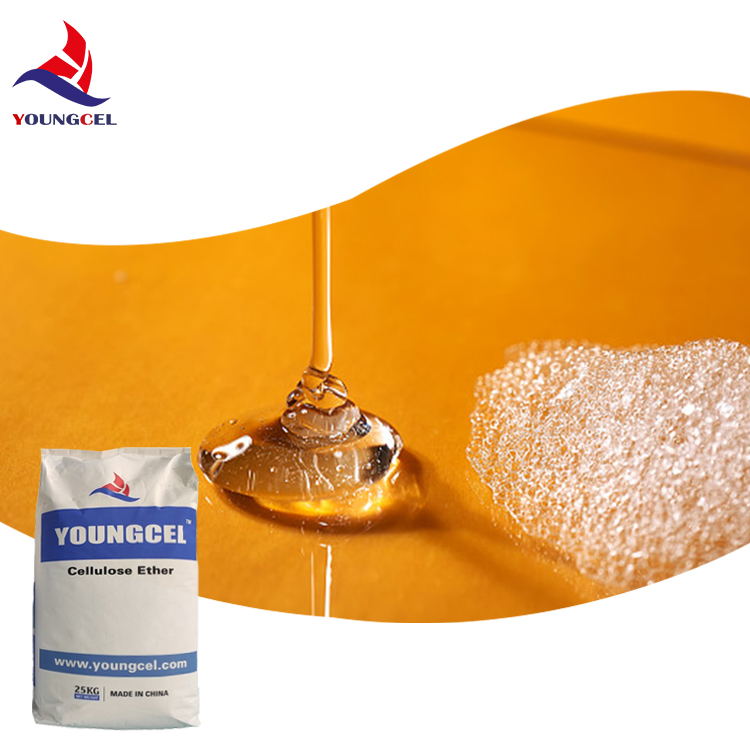Understanding RDP in Ceramic Tile Adhesives
In the realm of construction and interior design, the utilization of ceramic tiles has become a staple due to their aesthetic appeal, durability, and versatility. However, the success of tile installation largely relies on the quality of the adhesive used. One critical component that enhances ceramic tile adhesives is Redispersible Polymer Powder (RDP). This article delves into the significance of RDP in ceramic tile adhesives, exploring its properties, benefits, and applications.
Understanding RDP in Ceramic Tile Adhesives
Another crucial characteristic of RDP is its ability to improve adhesion properties. The introduction of RDP enhances the bond strength between the adhesive and the ceramic tile, as well as between the adhesive and the substrate. This ensures a longer-lasting installation that can resist delamination and other failure modes. Furthermore, RDP-modified adhesives exhibit excellent wetting properties, which is particularly important when working with different types of substrates, including porous and non-porous surfaces.
rdp for ceramic tile adhesive

RDP also extends the open time of the adhesive, which is the period in which the adhesive remains workable after application. This is vital during tile installation, as it allows for adjustments and repositioning of tiles without the adhesive setting too quickly. Extended open time can significantly improve the efficiency and quality of the installation process, reducing the risk of uneven tiles and ensuring a seamless finish.
In addition to its performance benefits, RDP contributes to the overall sustainability of ceramic tile adhesives. By improving the properties of the adhesive, manufacturers can formulate lower quantities of materials while achieving desired performance levels. This reduction in material usage not only minimizes waste but also lessens the carbon footprint associated with production. Moreover, RDPs are often derived from renewable resources, further enhancing the eco-friendliness of tile adhesive formulations.
RDP is versatile and can be utilized across a range of applications, from residential projects to commercial installations. In regions prone to extreme weather conditions, adhesive formulations enhanced with RDP can ensure that tile installations remain intact despite environmental challenges. Similarly, in spaces subject to heavy foot traffic, such as shopping malls and airports, the durability and performance of RDP-modified adhesives ensure that the aesthetic appeal of ceramic tiles is maintained over time.
In conclusion, RDP plays a pivotal role in the formulation of modern ceramic tile adhesives. Its properties of flexibility, enhanced adhesion, extended open time, and sustainability make it an indispensable ingredient in the construction and tiling industry. As demand for high-performance adhesives continues to grow, the integration of RDP will undoubtedly remain a focal point in developing innovative and reliable ceramic tile solutions. Ultimately, understanding the significance of RDP not only benefits manufacturers but also ensures that end-users enjoy the longevity and beauty of their ceramic tile installations.
-
HPMC Powder Wall PuttyNewsSep.01,2025
-
High Quality HPMC for ConstructionNewsSep.01,2025
-
Enhance Your Formulations with MHEC PowderNewsSep.01,2025
-
Premium Detergent Grade HPMC Hydroxypropyl Methylcellulose ThickenerNewsSep.01,2025
-
Premium Detergent Grade HPMC Hydroxypropyl Methylcellulose: Superior Thickening & StabilityNewsAug.31,2025
-
HEC 100000 Hydroxyethylcellulose for Paint | Superior ThickeningNewsAug.30,2025




